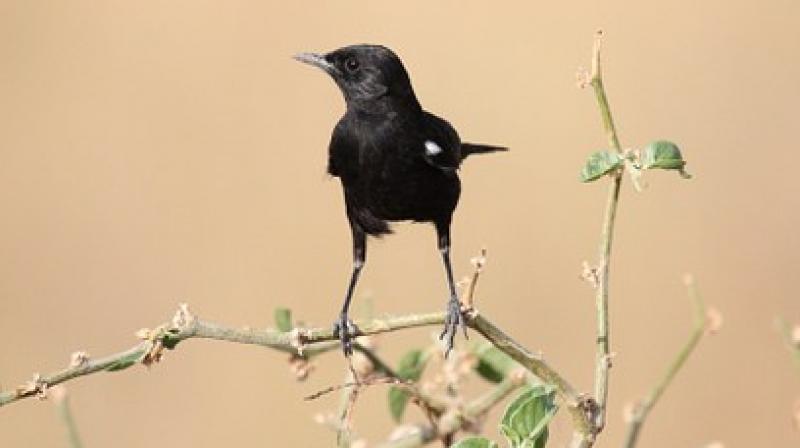Protecting ‘umbrella species’ can be beneficial for other habitats

In conservation, charismatic mammals and birds such as the black rhinoceros and the capercaillie get a lot of attention, while others, like invertebrates, are often ignored. One way of addressing this problem is to focus on protecting “umbrella species”. These are species whose conservation can benefit many others, especially those that rely on similar habitats. But does this work in practice?
We had a unique opportunity to test the idea with one of the largest field experiments in Europe. In a region called Breckland in the East of England, we used a tractor to churn tall grassland into bare, sandy plots for Eurasian stone-curlew, a rare summer visitor. The disturbed soil provides excellent camouflage for stone-curlew nests and chicks, and Breckland holds the majority of the UK’s breeding population.
Rabbits used to graze in large numbers to create this habitat for stone-curlews, but numbers have collapsed over the past 50 years due to disease, culling and predation. Without the rabbits, stone-curlew habitat shrinks – and so do the numbers of rare insect and plant species that also thrive in these bare patches of land.
It’s hard getting people to care about beetles and seedlings – especially when there are so many different species. But an assessment of the region’s biodiversity predicted that managing habitats for stone-curlews could benefit many other rare and threatened plants and invertebrates with no additional effort.
That’s because these priority species need the same bare and open habitats as stone-curlews. Predatory beetles like the open territory to spot and hunt prey, whereas many colonising plants like the clear space to set down roots with little competition.
A programme led by the Royal Society for the Protection of Birds (RSPB) over thirty years has endeared the stone-curlew to many local bird watchers, so people usually don’t need convincing about the value of protecting them. Because stone-curlew breeding habitat is so compatible with many other threatened species, we thought that looking after them would take care of nearly everything else. This includes species like the tiny “fingered speedwell” plant (Veronica triphyllous) and the “wormwood moonshiner” beetle (Amara fusca), both of which are endangered in the UK.
Propping up umbrellas for beetles
Each experimental plot was the size of two football pitches and almost entirely devoid of vegetation. We sampled an incredible 30,000 insects – including 402 species of beetles, bugs and ants – by placing 1,000 small containers within the plots and within grassland that wasn’t being managed as a comparison.
The habitats we created for stone-curlews had more insects, including rare priority species which were found hardly anywhere else in the country, such as the rove beetle (Philonthus lepidus). After the experiment, a bug showed up that’s never been recorded in Britain before and is only known by its scientific name, Acrocephalus languidus.
We knew many rare insects and plants preferred the same kind of habitat as stone-curlews, so we weren’t too surprised with our results. But they do suggest something very useful. Finding and protecting a single umbrella species could achieve the same result as multiple projects targeted at many other species, for a fraction of the cost.
This offers a shortcut for conservation. In places with many rare and threatened species – such as the chalk grassland plains of Southern England or the Caledonian pine forests of the Scottish Highlands – a catalogue of proven umbrella species could help conservationists confidently manage habitats in the knowledge that vast numbers of other species would also benefit.
The article was originally published by The Conversation – Global Perspectives.

